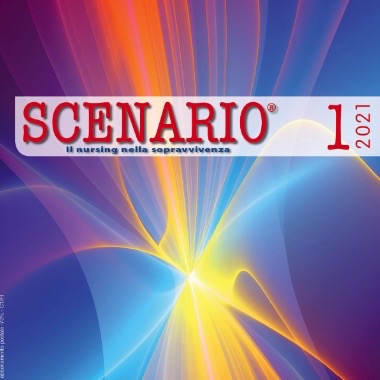Infermiere di emergenza territoriale, formazione e competenze: analisi concettuale

Accettato: 11 aprile 2021
All claims expressed in this article are solely those of the authors and do not necessarily represent those of their affiliated organizations, or those of the publisher, the editors and the reviewers. Any product that may be evaluated in this article or claim that may be made by its manufacturer is not guaranteed or endorsed by the publisher.
Autori
Il Sistema di Soccorso Sanitario italiano è disomogeneo: la costituzione dell'equipaggio d'ambulanza, i criteri di assun- zione e mantenimento del ruolo differiscono tra le organizzazioni. La legislazione favorisce autonomia e responsabilità professionale, ma nonostante ciò non è chiara l'identità dell'infermiere di emergenza territoriale, i requisiti per poter ottenere il ruolo differiscono nelle realtà. L'obiettivo dello studio è quindi l'esplorazione del concetto di Infermiere di emergenza territoriale individuandone formazione, conoscenze e competenze.
Agenzie di supporto
Come citare

Questo lavoro è fornito con la licenza Creative Commons Attribuzione - Non commerciale 4.0 Internazionale.
Aniarti ha scelto di applicare la Licenza Creative Commons Attribuzione Non Commerciale 4.0 Internazionale (CC BY-NC 4.0) a tutti i manoscritti da pubblicare.

 https://doi.org/10.4081/scenario.2021.464
https://doi.org/10.4081/scenario.2021.464



